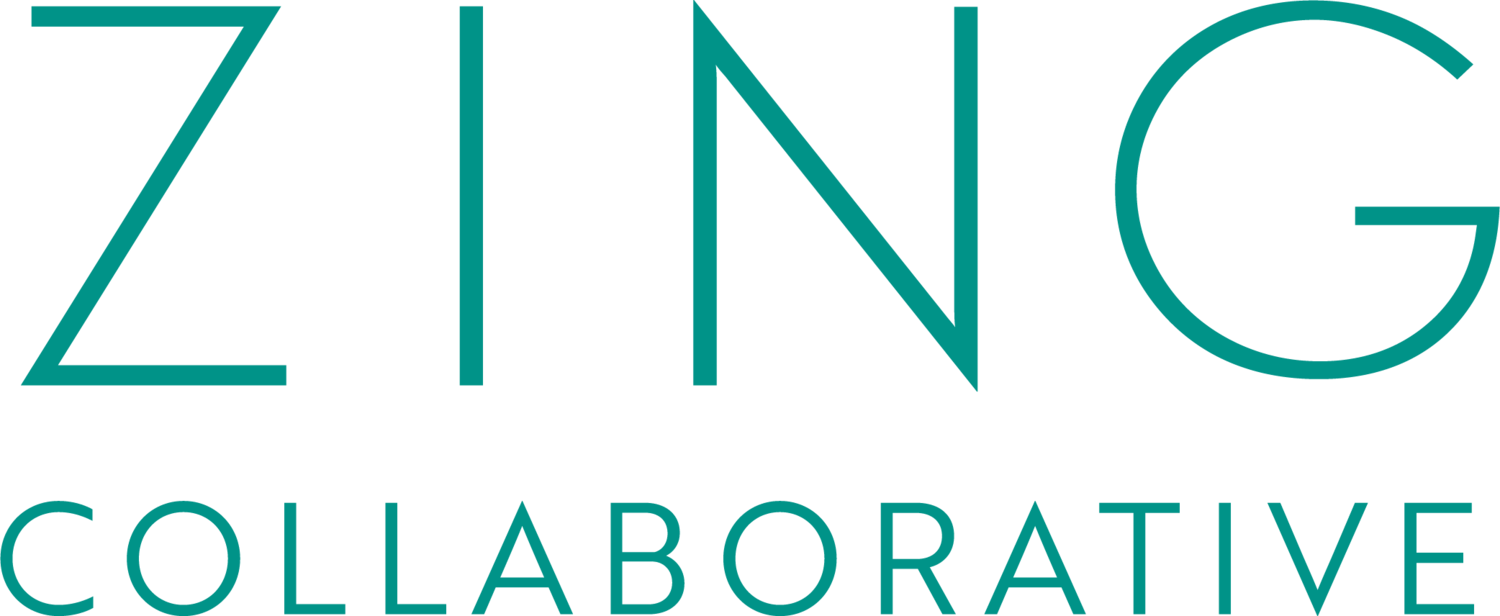WHAT DOES THE SYSTEM NEED?
When navigating conflict or creating change, we can consider: what does the system need?
What does the system need?
We can think of a system as any combination of people and parts. Examples of systems include: families, teams, companies, departments, groups of friends, volunteer boards, kids’ play groups, management teams.
The debates over the last couple weeks are also systems.
After watching the catastrophe of the presidential debate two weeks ago, we can consider, in addition to the behavior of the individual candidates: what did that system need in order to function more effectively?
In brainstorming this question during a course on embracing conflict, here are a few things that we came up with:
The ability to mute the candidates
Actual consequences for not following the rules of the debate
A second moderator (and perhaps a bouncer?)
A new structure altogether - possibly a town hall style discussion, rather than a debate
Confirmation that the candidates - and not just their teams - agreed to the rules of the debate at the beginning
It was refreshing to hear a much more civilized VP debate last night. That said, we can ask the same question, as there were plenty of opportunities for improvement. In considering what the system of the VP debate needed, we might conclude:
Staying on one topic longer before moving to the next question on the list
Reiterating the actual questions at hand, before moving on, and waiting for the candidates to answer them
Some way to balance the lower energy of the debate due to sitting (Music at the beginning? A break to stand and stretch?)
Some way to notify Pence about the fly on his head, before it became all the rage on Twitter
When working to create positive change with your manager, your team, or in your organization, you can consider: what does the system need? It’s a way to zoom out from you or me or the individuals involved, to look at the bigger picture. It allows us to ask, “what’s needed here?” rather than telling someone how they need to change or what they need to do. In addition to often leading to more effective outcomes, it does so in a way that avoids putting any one individual on the defensive.
Some questions you might consider include:
What are the systems that I’m part of?
What does this system need for greater effectiveness?
How could this system function better?
If I were looking down on this system from a helicopter view, what would I see?
And what would I advise as a result?
For more on this topic:
Getting Off the Drama Triangle: a framework for identifying where we tend to go in times of conflict, and how to get off of the triangle in order to engage more effectively with the system.

